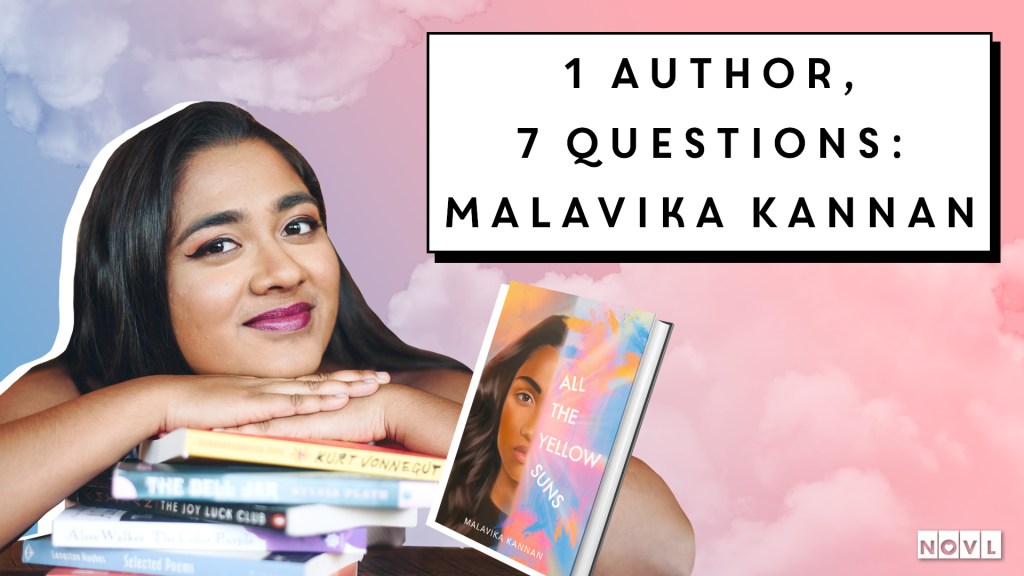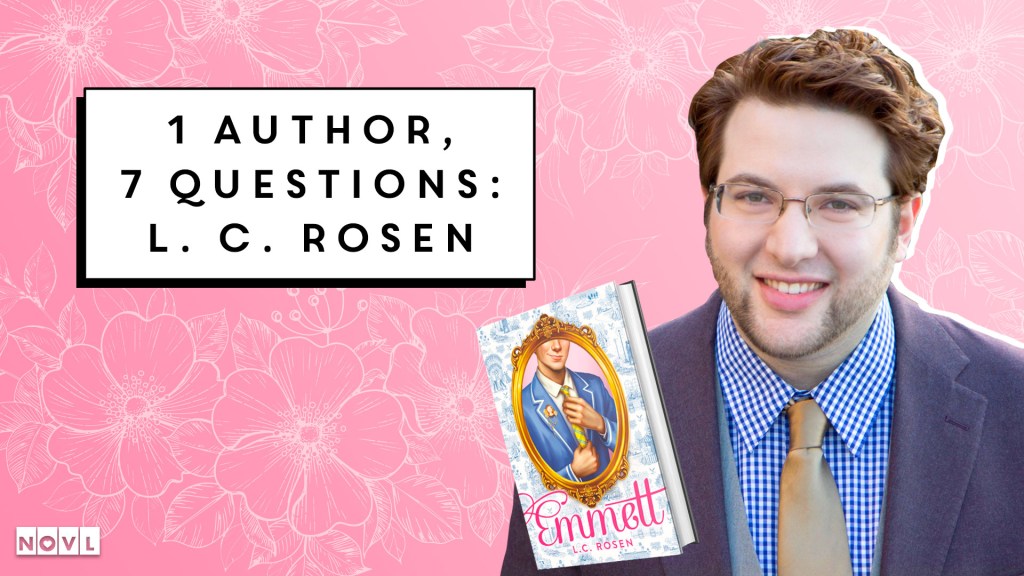1 Author, 7 Questions: Victoria Wlosok
Fans of A Good Girl’s Guide to Murder, I’ve got your next favorite read! How to Find a Missing Girl has everything a good thriller needs – compelling mystery, engaging characters, dramatic plot twists, the works! We sat down with the author, Victoria Wlosok, to talk about her writing process, her inspiration, and a little sneak peek at what she’s working on now!
What was your initial inspiration for How to Find a Missing Girl?
How to Find a Missing Girl was inspired by a lot of things—my love for YA thrillers, my passion for the intricate storytelling found in shows like How to Get Away with Murder and video games like Life is Strange, the fact a girl went missing from my own Southern small town and was found in less than 24 hours while I was in high school—but ultimately, I was driven to craft this story because of my appreciation for the subgenre and my hunger to see more representation within it as a queer teenager.
In a way, writing How to Find a Missing Girl was also a cathartic experience for me—I started and finished the first draft holed up in quarantine during my senior year of high school two months before I turned 18, and I put a lot of my feelings about becoming a legal adult, grieving the loss of my childhood, and mourning the people around me into the story as a result. So the initial inspiration came from many things, but I kept taking inspiration from new elements until the book was done!
Can you describe your writing process? Are you more of a pre-plotter or do you let the plot develop as you write?
My writing process is a little chaotic for sure—I’m naturally more of a pantser than a plotter, which definitely isn’t ideal when you’re trying to craft an intricate thriller with a large cast of characters and make sure you tie up all your loose ends! Throughout writing, revising, and editing How to Find a Missing Girl, though, I feel like I evolved into something in between. There was just so much to juggle that I eventually had to sit down and write everything out (especially with a ticking-clock element that hinged on a set timeline), but I still tried to keep myself on my toes with a few details. That way, I could still feel like a discovery writer when something exciting clicked into place for me later.
Iris is dealing with… a lot in this book! First her sister goes missing, and then Iris is blamed for running off the only viable lead. Then Iris’s girlfriend breaks up with her, starts a podcast about her missing sister, only to go missing herself – never mind her relationship with her mother! What was it like balancing Iris’s character journey with the mystery of these missing girls?
Balancing the plot-driven and character-driven elements of the story was 100% a challenge; there’s already so much happening with the missing girls of Hillwood, the detective agency, and then of course Iris has her own baggage that she’s bringing into the investigation. Because of that, it was important to me that every scene within the book either worked to advance the plot or develop character, and I did my best to alternate those scenes so it always felt like something new was happening. In a way, I also feel like the process mirrored what it’s like to experience life as a young adult.
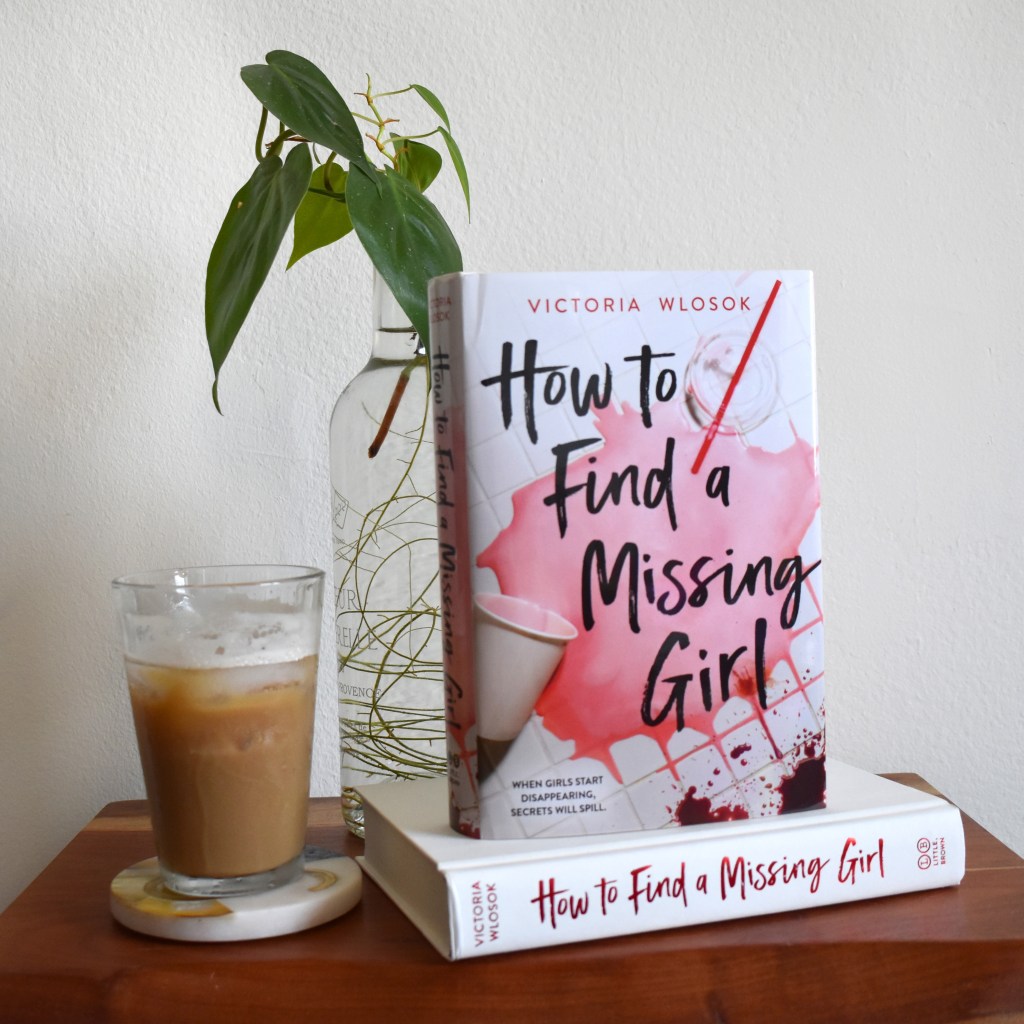
To me, being a senior in high school is synonymous with constant information overload—you’re trying to figure out what you want to do for the rest of your life, you’re busy with classes and extracurriculars and friends, you’re anxious about the impending transition to adulthood—and for Iris, it’s no different. She’s steeped in many traumatic experiences and she’s grappling with what they mean to her throughout the majority of the book, but she’s still moving forward. It was important to me to build that resilience into her character—to show that sometimes, the only way out is through—because it’s what I felt like I needed to hear at that point in my life, and it’s what I wanted to tell the other young adults around me.
Okay, we need to talk about the AGENCY! I love them all with my whole heart! Each member of Iris’s burgeoning high-school private eye team is such a gem! Who’s your favorite?
Developing the personalities of Sammy Valdez-Taylor and Imani Turner, the two characters who make up the Blackthorn Agency alongside Iris, was one of my favorite parts of writing How to Find a Missing Girl. All three characters play off each other so well despite their differences, and their friendship is such an integral part of the book (especially once their investigation starts going off the rails.)
Picking a favorite member feels a little sacrilegious, but I had so much fun coming up with the outfits Sammy would wear that the title probably has to go to her. (I also have to admit that I thought she would be everyone’s stand-out favorite, but most of my readers—at least so far—have liked Imani the most!)
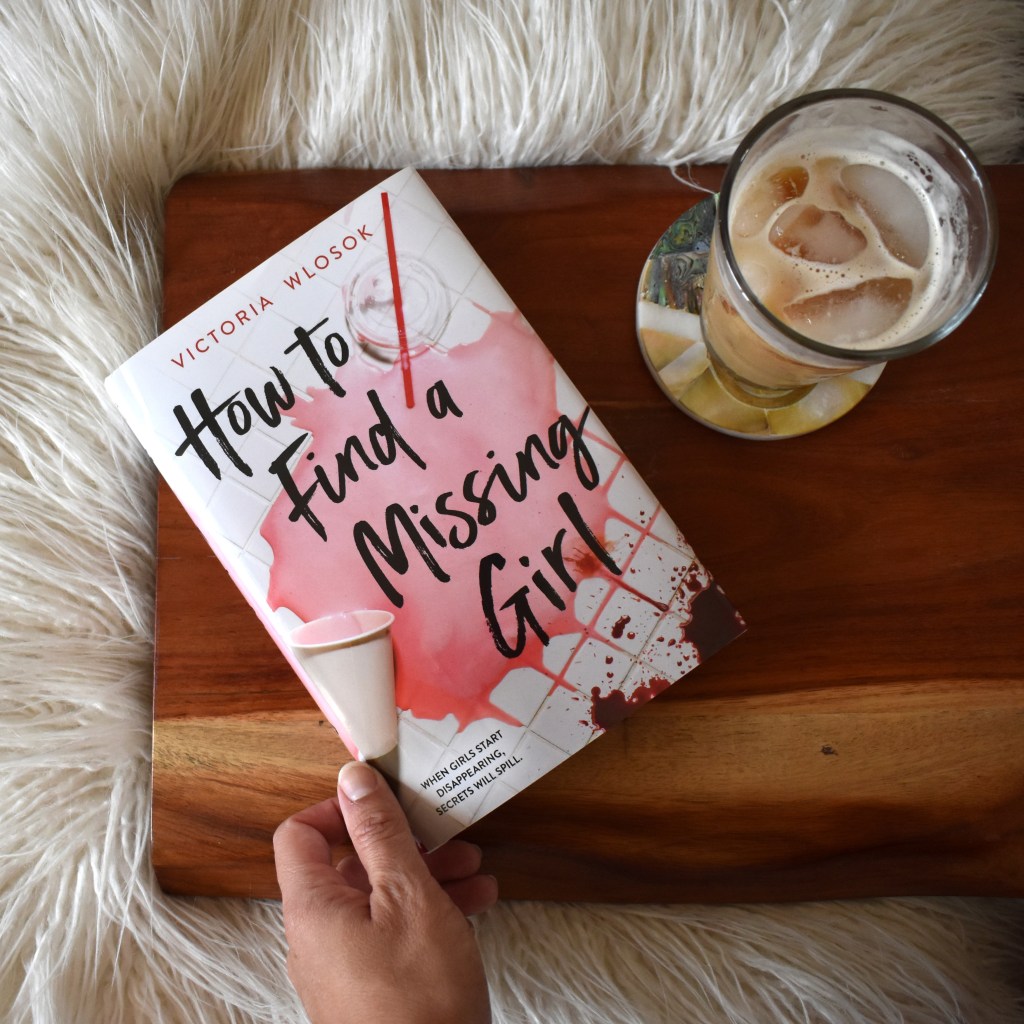
Heather’s podcast was another piece of the puzzle that had me turning page after page! What was it like developing that part of the story? What was it like including an audio element into a written piece of work?
When I first started writing How to Find a Missing Girl, it was originally meant to be a book only from the perspective of one character—Iris Blackthorn, teen detective extraordinaire. Once I started unraveling the twisty plot at the center of the story’s sleepy small town, however, I realized the goings-on of Hillwood, Louisiana would simultaneously need to be told by another character in order to pack in answers to all the questions at the heart of the book’s mystery. I went through a few iterations of adding a perspective to the story until I eventually settled on transcripts of Heather’s podcast, but I knew I made the right decision soon afterward!
With the audio element, I had to walk a fine line between giving away too much story-wise and keeping it interesting for the reader. Heather’s podcast brings a layered sort of meta-tension into the book, especially since the episode transcripts are actually revealed before Iris has a chance to listen to them, so I had to make sure I was carefully balancing the dramatic irony throughout. The actual transcripts were super fun for me to write, though—I always love reading thrillers and mysteries with multi-media elements, so it was immensely enjoyable to create my own!
What are some books you’ve been reading recently or would recommend?
In terms of YA thrillers, lately I’ve absolutely devoured Their Vicious Games by Joelle Wellington, Camp Damascus by Chuck Tingle, and Clown in a Cornfield 2: Frendo Lives by Adam Cesare. I also need everyone to put The Rosewood Hunt by Mackenzie Reed, So Let Them Burn by Kamilah Cole, and Dear Wendy by Ann Zhao onto their TBRs!
What are you working on now? Any exciting ideas you can share?
Currently, I’m hard at work on a second YA thriller, which is a standalone book unrelated to How to Find a Missing Girl. It’s a little more fast-paced and a lot gorier, but it still contains some of the same themes that I like to explore in my books—namely friendship breakups (and the grief surrounding them), queer friend groups, and good-old-fashioned murder—and I’m excited to share more about it soon!
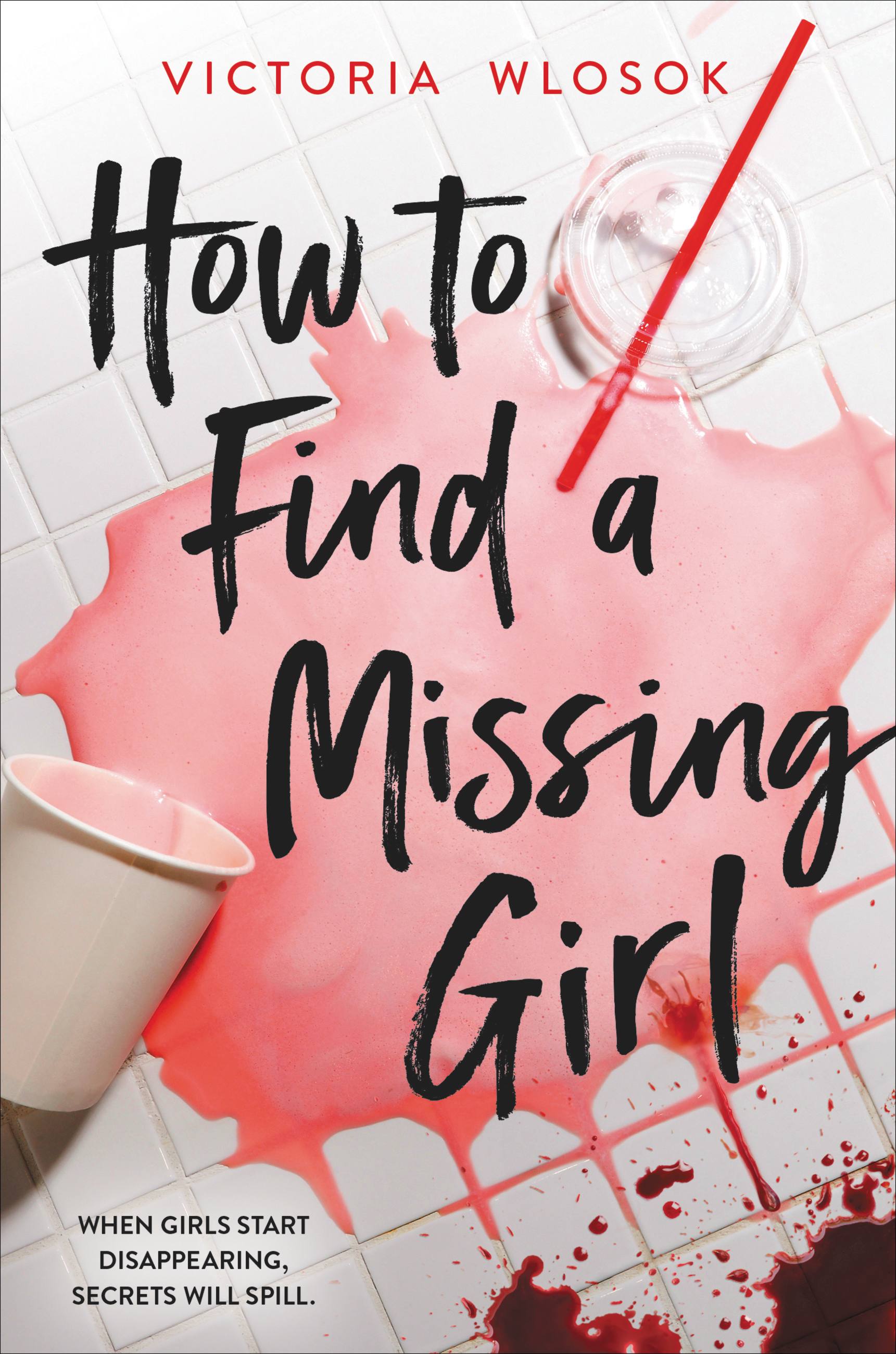
How to Find a Missing Girl
by Victoria Wlosok
“The voice that this generation’s mystery readers have been waiting for…How to Find a Missing Girl is edge-of-your-seat compelling from beginning to end.” —#1 New York Times bestselling author Chloe Gong
For fans of A Good Girl’s Guide to Murder and Veronica Mars, this whip-smart thriller follows a sapphic detective agency as they seek the truth behind a growing trail of missing girls in small-town Louisiana.
A year ago, beloved cheerleader Stella Blackthorn vanished without a trace. Devastated, her younger sister, Iris, launched her own investigation, but all she managed to do was scare off the police’s only lead and earn a stern warning: Once she turns eighteen, more meddling means prison-level consequences.
Then, a year later, the unthinkable happens. Iris’s ex-girlfriend, Heather, goes missing, too—just after dropping the polarizing last episode of her true crime podcast all about Iris’s sister. This time, nothing will stop Iris and her amateur sleuthing agency from solving these disappearances.
But with a suspicious detective watching her every move, an enemy-turned-friend-turned-maybe-more to contend with, and only thirty days until she turns eighteen, it’s a race against the clock for Iris to solve the most dangerous case of her life.





